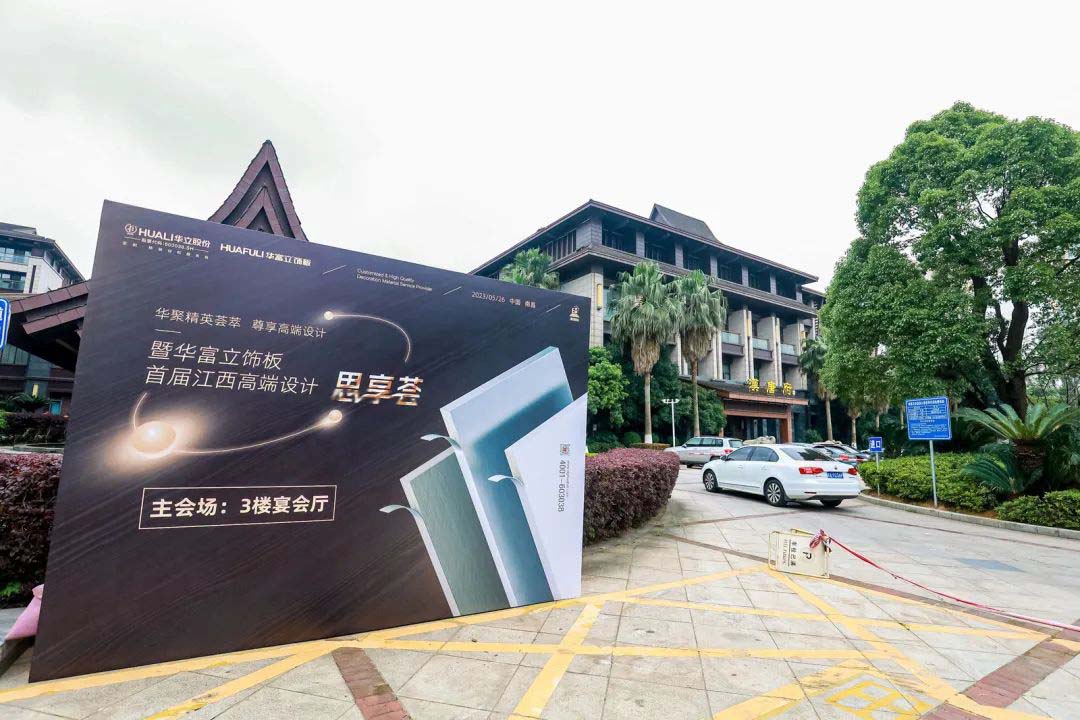
I hate meetings. I avoid them as much as possible. Theybore me and all too often representa colossal waste of time.
I am not alone in my thinking here, either. Management guru peter Drucker felt the same way. Note his not-too-subtletake on the subject as stated in his classic work,The Effective Executive:
“Meetings are by definition a concession to deficient organization. 因为一个人要么相遇,要么工作。一个人不能同时做到这两者。”
Business meetings need to change -- likerightnow!
If I were running your meetings, I would implement these four rules immediately:
1.No end goal = no meeting
Every meeting should includea brief and clearly defined objectivebefore ever getting scheduledand everyoneattendingthe meeting should clearlyunderstandthis end goal. A goalindicates a bias foraction, not merely a discussion. Everyone in attendance must agreeto drive toward the goal as rapidly as possible.
2. Cut the planned meeting time in half
Determine how much time you need for the meeting and then pide it by two. Most 60-minute meetings I attend caneasily be handled in 30. Give the meeting a firm time limit and watch everyonebecome amazingly efficient! (Shorter sentences, no unnecessary chatter, etc.)
58003
3. Limit the number of participants
The more people who attend a meeting, the more time wasted, and the harder it is to stay on target. (Think: “Too many cooks in the kitchenspoil the broth!”) Meetings with two people are far more productive than those with three, etc., assuming they are the rightpeople -- so send meeting invitationsselectively!
Jeff Bezos famously adheres to the "two-pizza rule":Never holda meeting where two pizzas can'tfeed the entire group. If you work in a larger company, consider adopting this as a rule of thumb going forward!
4. Absolutely no tangents
Someone must play the role of "enforcer"tokeep theconversation on pointat all times. Of course, this means establishing a clear outcome for the meeting to begin with. No one wants the role of conversation police, but someone has to do it.“I’m sorry --that might be an important topic, but it’s not for this meeting.”
Meetings still exist, of course, as anecessary evil. But you can significantly diminish the evil whileunleashing your team's productivity by implementing these four very simple rules.




















